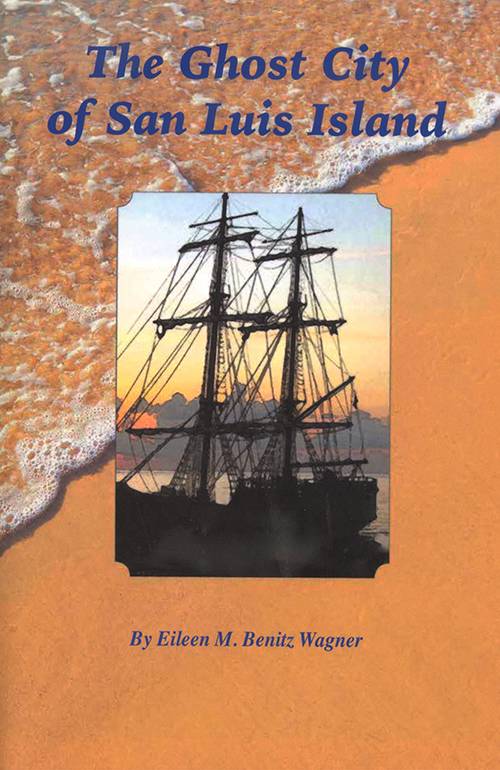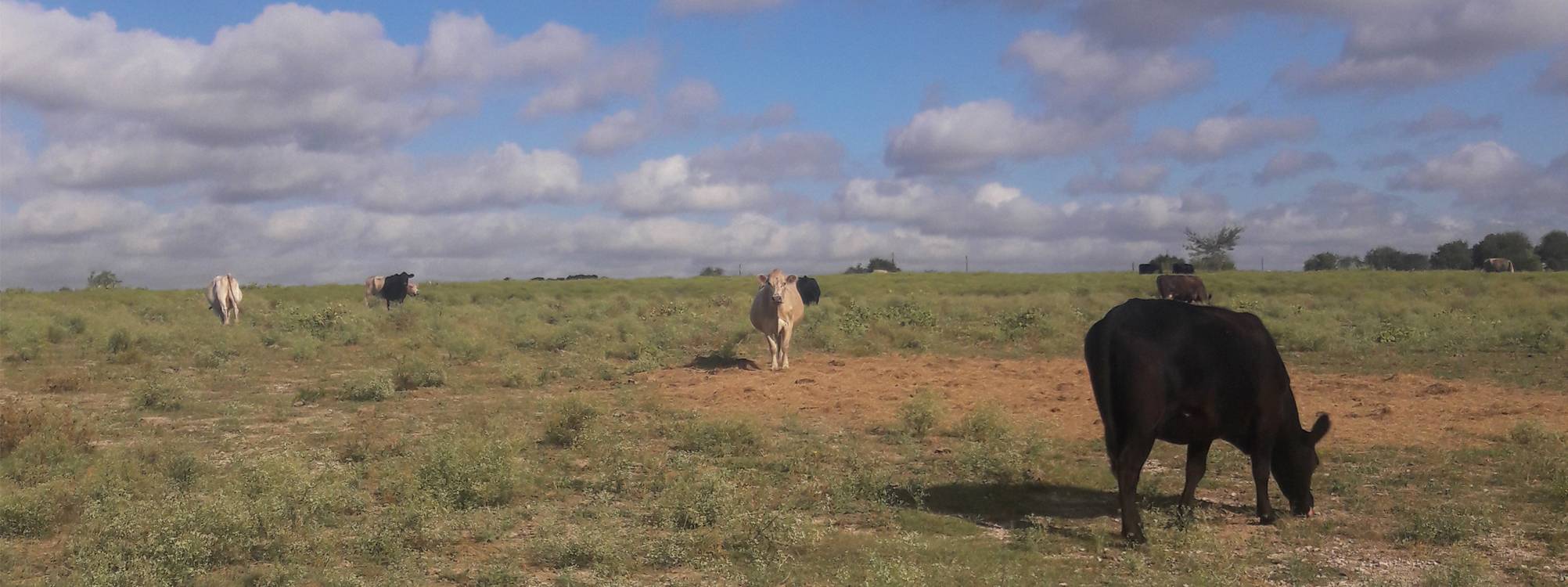No Man is an Island

The Ghost City of San Luis Island
by Eileen M. Benitz Wagner
Fort Worth: NorTex Press, 2015.
314 pp. $29.95 paper.
Reviewed by
L. E. Neal
Eileen M. Benitz Wagner has managed to fit a generous span of coastal Texan history—from the earliest recorded native settlements and European invasions to modern day—as well as a massive compendium of maps, advertisements, articles, letters, and images into only 250 pages in The Ghost City of San Luis Island. It’s a narrative, annotative scrapbook of valuable archival material, including many personal letters that punctuate the facts with memorable impressions and characters. Despite the abundance of archival materials, this book is not a historical monograph. Instead, Wagner sets out to capture the world, personalities, and feel of a shifting and often forgotten entity.
The bedrock of Wagner’s tale lies in the earth itself: geography, climate, and natural disasters. The shift of these elements alters not only the land, but also the people who inhabit it. Originally home to the Karankawa natives, the coastline around Galveston shifted in response to the profiteers and storms that invaded it. San Luis Island, just west of the larger island of Galveston, has been an island at some points in history and a peninsula tenuously attached to the mainland at other times in history. It was successively part of Spain, Mexico, the Republic of Texas, and the United States. It even briefly housed a failed French colony and the famous pirate Jean Lafitte. Continually wrecked by devastating storms prior to modern engineering, it was often uninhabited.
Aside from the fun lore, then, why does San Luis Island matter?
Wagner finds importance in San Luis’s ambitious entrepreneurs during the time of the Republic of Texas. After a developer purchased the island from the estate of Stephen F. Austin, a city sprung up that reached two thousand residents by 1840. Wagner reprints some archival materials from the young city that are a gem to find, such as the newspaper advertisement offering free land to American young women willing to emigrate and marry a Texas man.
With its proximity to both the Gulf and the Brazos River, the island became a transportation hub, and early business thrived around exporting plantation cotton, sugar, and tobacco by way of canals, ships, and railroad. These plantations made the surrounding county the wealthiest in the state.
Unsurprisingly, the county’s sympathies went with the Confederacy during the Civil War, and the region’s water networks were useful in slipping past the Federal blockade meant to strangle the South’s economy and choke off its supplies. This location near so much water also had a downside, however, as the Brazos River flooded and hurricanes hit the coast in various episodes throughout the second half of the nineteenth century, leaving property destruction and fatalities as a result. A series of tropical storms in the last quarter of the century filled the slim pass between the island and mainland with sand. It was no longer an island. These storms were a mere precursor to the record-setting 1900 hurricane, which finished off the island’s prosperity. Regular tropical storms persisted into the twentieth century, continuing to alter the landscape, and Wagner asserts that for fifty years, San Luis was a ghost town.
While people remained wary of living there and the area did not recover in residential terms, developers returned in the 1950s. Once again, Wagner returns to the theme of American urban entrepreneurship, charting the rebirth of San Luis under the plans of businessmen. Referencing Lafitte, developers turned San Luis into the resort of Treasure Island and built a reputation around its lengthy fishing pier. A new bridge connected it to Galveston as well.
The sagas of the area’s real estate developments during the remainder of the twentieth century are punctuated with a tonal shift in chapter nine, which is composed of photographs of prideful fishers with their best catches. This leads into chapter ten, which affectionately explores the San Luis lifestyle and includes first-person memories of the author.
Wagner’s author bio notes that this book grew out of “her passion to save this portion of Texas history which has never been written,” a feat this treasure trove of archival material has accomplished. It is a valuable resource for historians, providing an accessible way for the ghosts of the Texas coast to be incorporated in further research.
L.E. Neal is an urban historian and former film distribution executive who worked on the theatrical release of Banksy’s Exit Through the Gift Shop.
